
Leave message
Can’t find what you’re looking for?
Fill out this form to inquire about our custom protein services!
Inquire about our Custom Services >>

































 Limited Edition Golden Llama is here! Check out how you can get one.
Limited Edition Golden Llama is here! Check out how you can get one.  Limited Edition Golden Llama is here! Check out how you can get one.
Limited Edition Golden Llama is here! Check out how you can get one.
 Offering SPR-BLI Services - Proteins provided for free!
Offering SPR-BLI Services - Proteins provided for free! Get your ComboX free sample to test now!
Get your ComboX free sample to test now!
 Time Limited Offer: Welcome Gift for New Customers !
Time Limited Offer: Welcome Gift for New Customers !  Shipping Price Reduction for EU Regions
Shipping Price Reduction for EU Regions
> Insights > Next wave of antibody development: Bispecific antibody and antibody drug conjugate (ADC) As the first therapeutic antibody, OKT-3, launched in 1986, more and more therapeutic monoclonal antibodies(mAb) have entered the clinical stage and gone to the market. The therapeutic monoclonal antibodies have become an effective targeted treatment for cancer, viral infection, and autoimmune diseases. However, in cancer and autoimmune diseases, multiple signal pathways need to be blocked simultaneously to avoid compensatory effects. In viral infections, similarly, we use cocktail therapy to avoid ineffectiveness caused by the viral mutation. On the other hand, mAb can only bind to a single target and exert a single biological activity. They are not able to satisfy those requirements mentioned above. With the advancement of antibody engineering technology, bispecific antibodies and antibody-drug conjugates will be the next wave of antibody research.
Bispecific antibody
Bispecific antibodies can simultaneously bind to two different epitopes or antigens to block/activate dual target signaling pathways. This induces immune cells to better kill tumor cells due to the synergistic effects. Therefore, a bispecific antibody is better than a mAb or even a combination of two mAbs. Besides cancers, bispecific antibodies are also used in the treatment of osteoporosis, hemophilia, and autoimmune diseases.
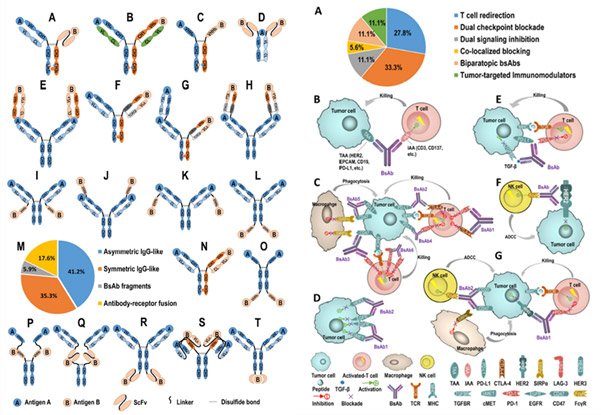
Figure 1 Structures of bispecific antibodies and the mechanism of action
Bispecific antibodies draw more and more attention these years. So far, more than 100 bispecific antibody structures were reported. More than 150 bispecific antibodies are in the clinical stage, and more than 400 are in the preclinical research. Bispecific antibodies can be divided into three categories based on their structures:
1. the structures without Fc fragment (such as Blincyto);
2. the asymmetric structures with Fc fragment;
3. the symmetrical structures with Fc fragment. (The binding epitope of the second antibody is fused to the heavy or light chain of the first antibody to recognize a second target. scFv is the most common one.)
Click to find more bispecific antibody targets
Antibody-Drug Conjugate
(ADC) is a conjugation of a highly targeted antibody drug and a powerful chemo drug. ADC can accurately deliver drugs into tumor cells to avoid the killing of normal cells, thereby reducing the adverse effects of chemo drugs. The first ADC drug, Mylotarg, was approved as early as 2000. However, the outbreak of ADC research didn’t come until 2019. So far, there are 9 drugs on the market, 5 of which were approved simply in 2019. According to the forecasts of Evaluate Pharma and BCG, the market size of ADC is expected to reach US$12.9 billion globally in 2024.
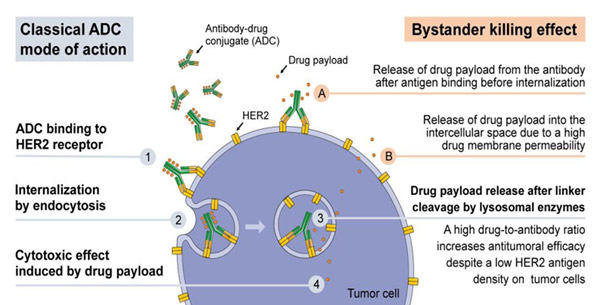
Figure 3 Classical ADC mode of action (Chinese antibody society)
ADC drugs are mainly used in cancer treatments. Due to a limited number of antigens on the surface of tumor cells, the amount of drug delivered to tumor cells is relatively low. Therefore, the choice of target antigens is crucial. The criteria for ADC target selection are the same as for monoclonal antibody drugs. Ideally, the target is required to be only on the surface of tumor cells with limited or no expression in normal tissues. Meanwhile, it can have a certain rate of endocytosis and a suitable route of endocytic transport.
The tumor-killing effects of ADC drugs mainly rely on chemo drug molecules. The target is to bind the antibody and bring the chemo drug into the cancer cells by endocytosis. Whether or not the target has a biological effect is not critical. Therefore, compared with mAbs, ADC drugs have more target options.
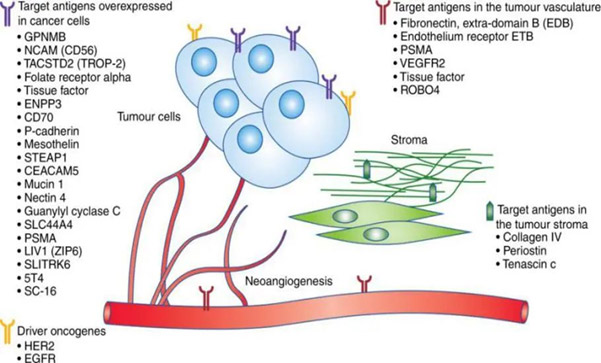
Figure 4 ADC targets for solid tumors
With a strong team of scientists, ACROBiosystems also provides high-quality integrated SPR&BLI analytical services. ACRO has served and collaborated with more than 200 customers from academia and industry. Our work supported multiple antibody drugs IND applications.
Click to learn more about SPR /BLI analytical service
Promotion period: Jan.1-Mar.1,2021
ACRO proteins supplied free
Only provide samples to get service completed
Antibody binding with target protein
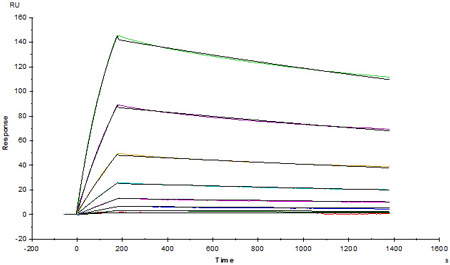
Herceptin (Trastuzumab) captured on CM5 chip via anti-human IgG Fc antibodies surface, can bind Human Her2, His Tag (Cat. No. HE2-H5225) with an affinity constant of 1.07 nM as determined in a SPR assay.
BsAb binding with Fc receptor protein
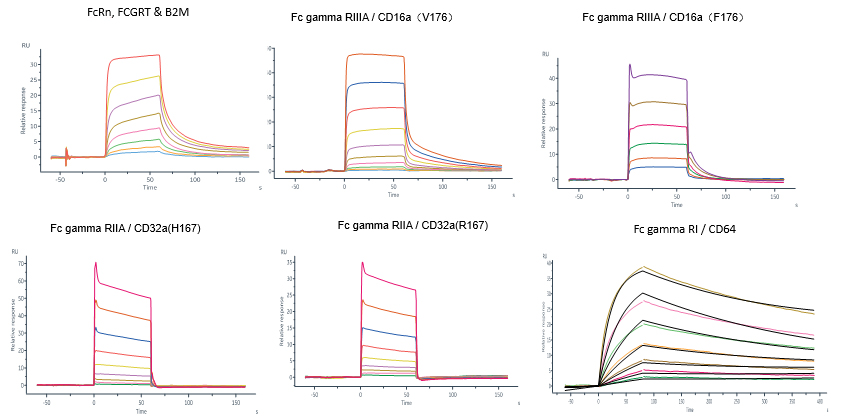

Reference:
Development of bispecific antibodies in China: overview and prospects.
Biology drives the discovery of bispecific antibodies as innovative therapeutics.
British Journal of Cancer, 2016
This web search service is supported by Google Inc.







